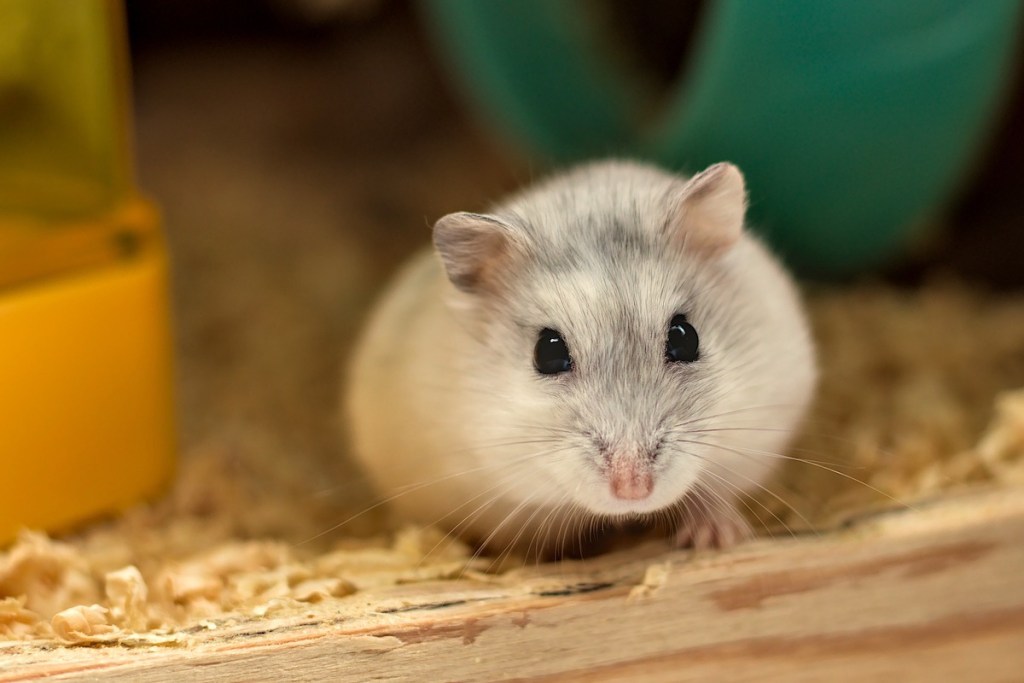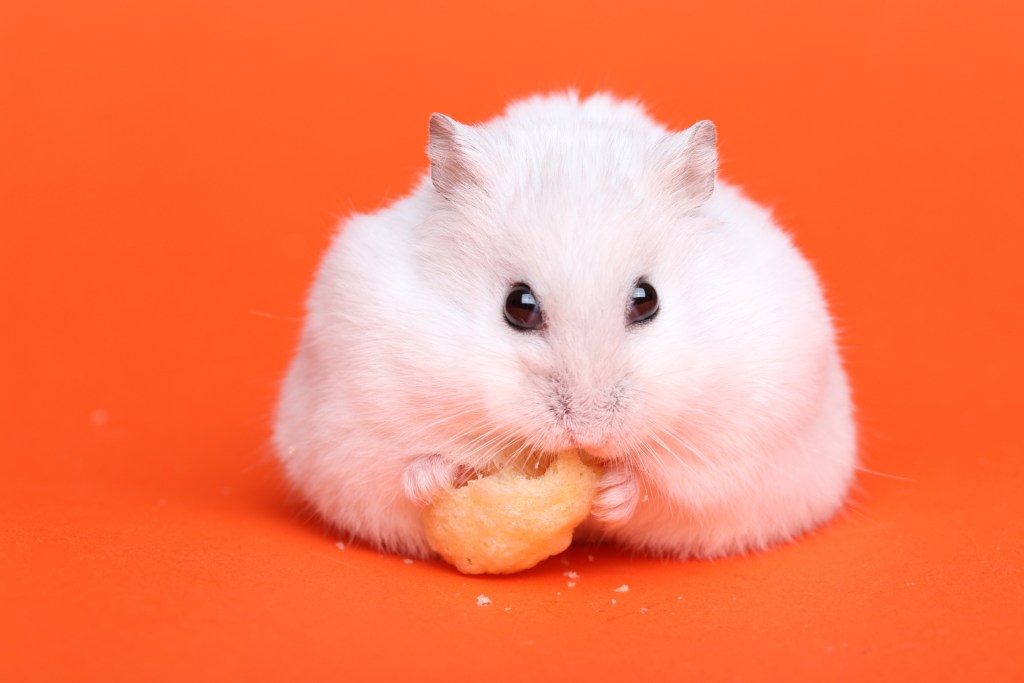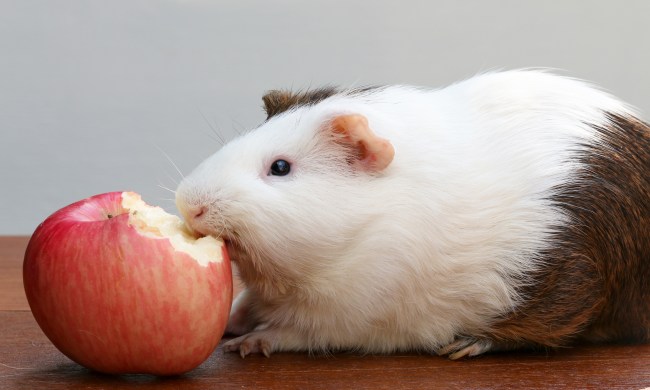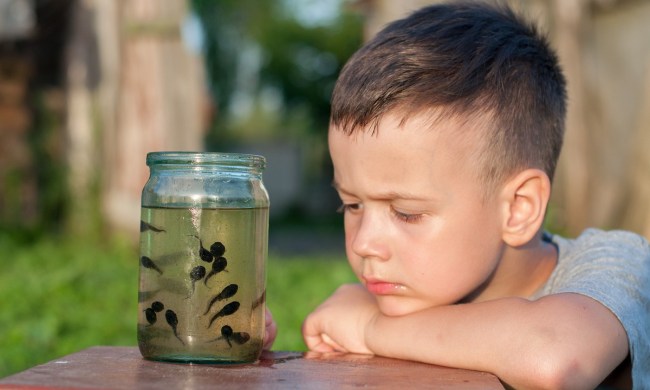Most people forget: Hamsters come in all shapes and sizes (well, sizes at any rate). While we all picture the same cuddly small pet, the best hamster breed for you might not be the one you’d expect. From Campbell’s dwarf to winter white Russian, choosing the right addition to your family will ensure your hamster brings everyone joy and moves into the perfect environment for him, too.

What kind of hamster should I get?
The best hamster breed for you depends a lot on what you’re looking for in a pet. For starters, hamsters are mostly nocturnal, and some kinds stay up later and make more nighttime noise than others. It might seem that the smallest hamsters would be best for the smallest children, but they sometimes present a bigger challenge. Little hands can accidentally hurt the dwarf species, especially if this is your child’s first pet. You’ll have to weigh a number of factors to hone in on which type you should bring home.
Syrian
Sometimes known as the teddy bear hamster, this little guy is one you’ve probably seen in homes and pet stores across the country as it’s easily the most common hamster breed. It’s also one of the largest, which means it may actually prove your best bet if you have a smaller kid or you don’t have much experience with small pets. However, these hamsters prefer a solitary existence, and you should never house them together. They’re also night owls, so be prepared to hear that wheel turning in the wee hours. With his lovable personality and generally more relaxed disposition, you’ll do well to select this hamster friend.

Dwarf winter white Russian
As the name suggests, this one can turn all white in the winter months. However, generally speaking, they’re more of a gray with white underbellies and sometimes a black stripe. Of the dwarf hamsters, these often present with the chillest personality, more like that of a Syrian. They can be kept in pairs or even very small groups. You’ll probably want to get a same-sex pair and try to introduce them as babies so they grow up being friends. Be forewarned, though: They also like to escape — from both their cage and your hands.
Campbell’s dwarf Russian
Similar in needs and size to the white Russian, a Campbell’s is a good choice if you want to keep a little pack of hamsters in your house. These rodents enjoy socializing and should spend time with both their kind and humans. Make sure to get them young and practice handling them; otherwise, they may be prone to some nipping. They’re also possibly the fastest movers of this group and will easily squirm out of your grip if you don’t hold them properly. Since they’re so small and quick, they need to live in a converted aquarium instead of a traditional hamster cage. Good news, though: This one will spend some hours awake during the day, so you can squeeze in that playtime.
Chinese
In between our dwarfs and the Syrians, this group measures about four inches long but with a little extra at the end for their cute tails — a rarity in hamster breeds. They technically are not dwarfs but still stay a compact size. As with some of their dwarf cousins, you can get a same-sex pair to keep together (it’s best if they’re siblings from the same litter). They’ll take to you and your family as well, but you must be strictly consistent with socialization, and even then, they may never quite warm up to lots of playing. A perfect in-between pet, they also live a bit longer than the rest of the species on this list, up to about three years.
No matter which hamster breed you decide to bring home, every kind will need consistent handling, a big enough cage, and a solid diet of hamster food and snacks. Remember, too, that many hamsters are escape artists, and you’ll have to adjust your enclosure if he finds a way out. Even the ones who prefer to be left mostly alone love to run on a wheel or through tubing, giving you an endless source of entertainment, albeit with a little extra late-night noise.



